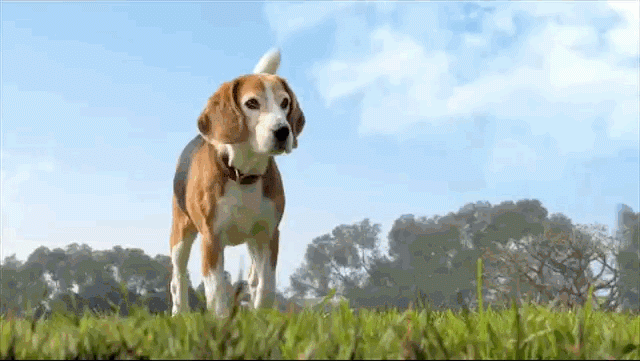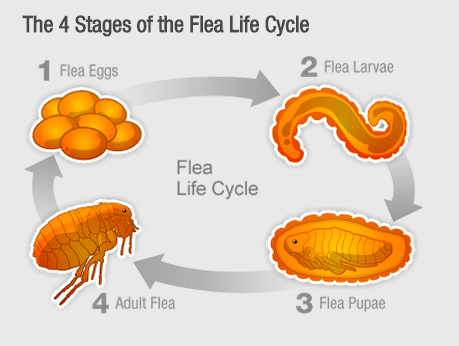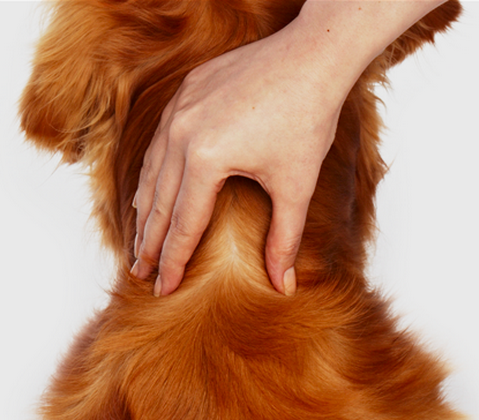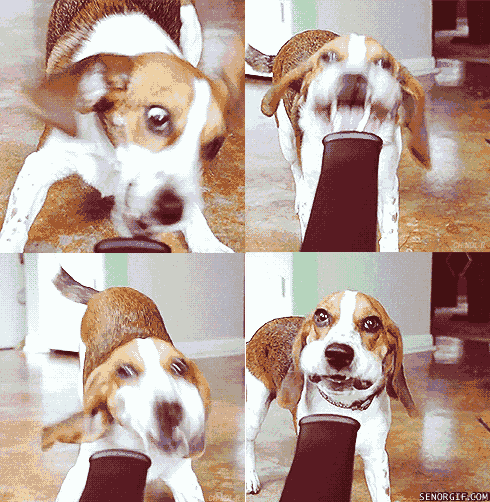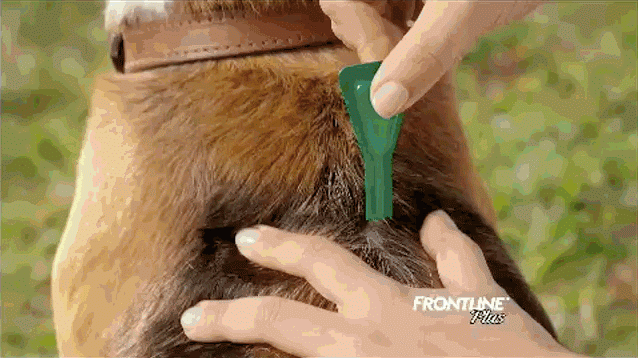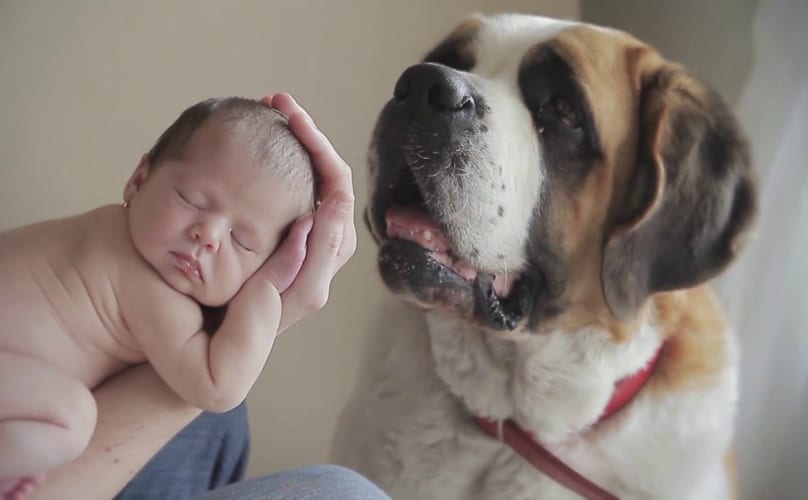This post is sponsored by the makers of FRONTLINE® Plus. Ask your veterinarian about the flea and tick protection of FRONTLINE Plus. Click here to download a coupon.
There are few things in the dog world that are worse than a flea infestation. The thought of seeing your four-pawed pal scratching uncontrollably and looking distressed is enough to send any pup parent into a frenzy. My dog Levi got fleas in Greece a week before we were leaving and it was THE most disgusting thing ever.
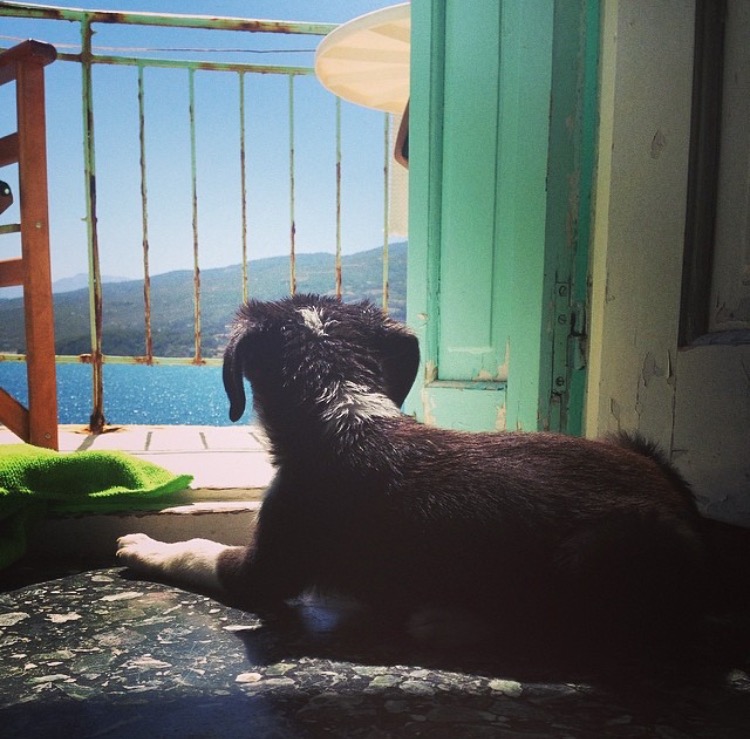

So. What exactly are fleas?
Fleas are small wingless jumping insects that feed on blood. Flea infestations can start with just two fleas. After feeding on your dog, they can lay hundreds of eggs in a matter of days. The four life stages of a flea are eggs, larvae, pupae and adult fleas. It’s helpful to tackle all four stages to stop a flea infestation and prevent future infestations.
A female flea starts laying eggs 2 days after she feeds from a host, and she can continue laying many eggs every day for weeks to months, so long as she stays on the host. Flea larvae typically emerge from flea eggs in 1-10 days, and the larvae tend to molt to the pupal stage in roughly 5-11 days. The adult fleas emerge from the pupal stage (ready to jump on your pet) as early as 5 days but can remain as pupae for serval months– and the flea circle of life continues.
If these pesky little bloodsuckers have already jumped onto your best friend, we’ve got a few solutions to help you send them packing.
How do we get rid of them?
1. Apply a Flea Control Product
First and foremost, we need to get those buggers off your dog’s back. FRONTLINE® Plus is a flea control product that not only kills adult fleas for thirty days, but also keeps working to prevent future infestations.
While flea treatments kill the fleas that are on your dog, new fleas can still be lurking in the environment — just waiting to jump on your dog. The next few steps are important to control the infestation.
2. Laundry Time
All pet bedding, blankets, and other materials your dog frequently uses should be washed in hot water, and dried on high heat to kill any flea eggs and larvae. Any bedding materials (ex. the fluffy stuff inside) that cannot be washed should be thrown out or the eggs and larvae that currently reside in them could become adult fleas in a few weeks and jump on your dog.
3. Vacuum Up The Buggers
Flea eggs, larvae, and pupae may be hiding in carpets, sofas, and other areas that have been frequented by a flea-infested animal. Be sure to vacuum all surfaces to capture any remaining immature flea stages.
4. Eliminate Lurking Larvae
Even after vacuuming, some eggs, larvae, and pupae can still be lurking at the base of carpets. You can check with a pest control specialist to see if there are any other treatments that may help, but note that pupae can withstand many of these treatments, so even with all of this, there may be a few fleas emerging until the flea biomass has been depleted. Always be sure to follow the proper usage instructions for any additional treatments used.
5. Backyard Prevention
Create a backyard that is less likely to be home to pesky fleas. Take steps to prevent wildlife or feral cats (these are sources of massive numbers of fleas eggs in many environments) from lounging in your yard. Don’t leave out food that will attract these animals and remove any hiding spots (such as below decks or under porches). Also, keep your lawn cut short and remove any leaf litter.
This post is sponsored by the makers of FRONTLINE® Plus Brand Products. Ask your veterinarian about the flea and tick protection of FRONTLINE Plus. Click here to download a coupon.
®FRONTLINE is a registered trademark of Merial. FL15BKB-5R (9/15)

